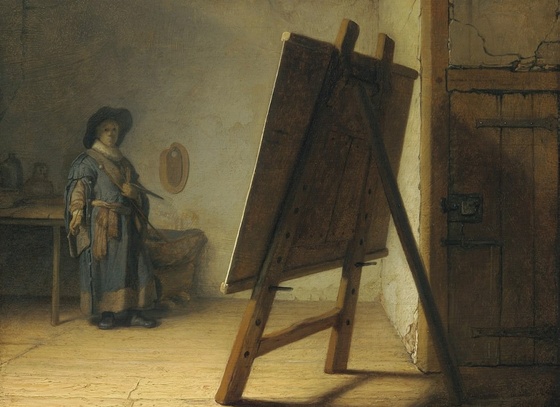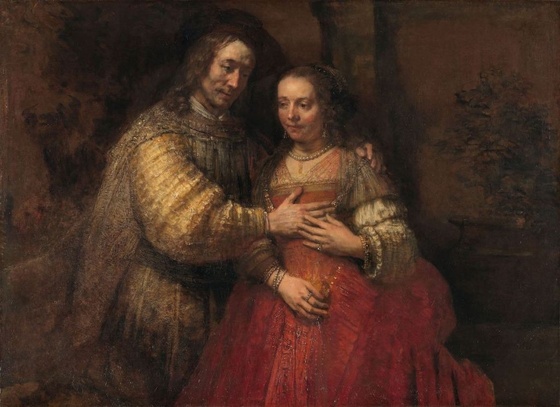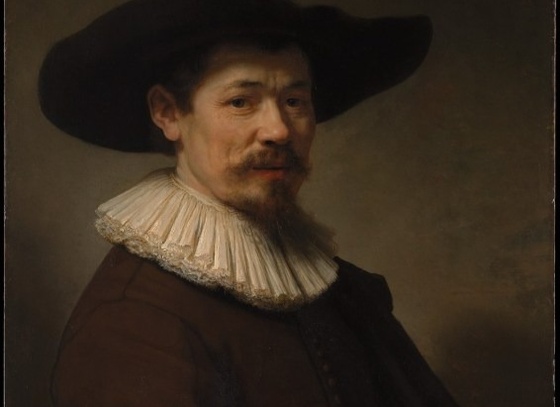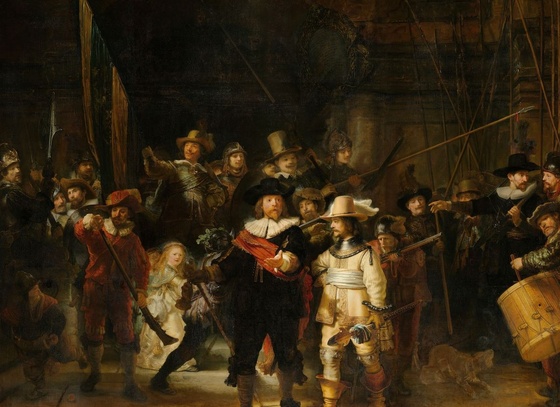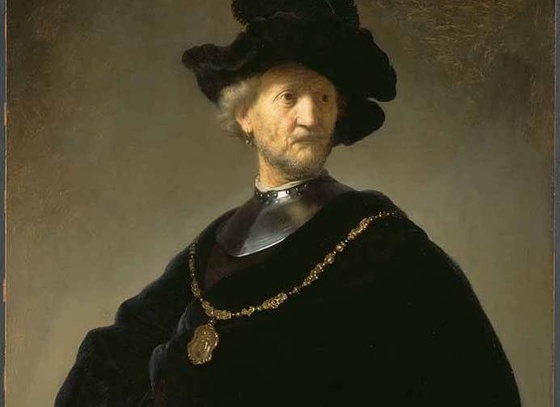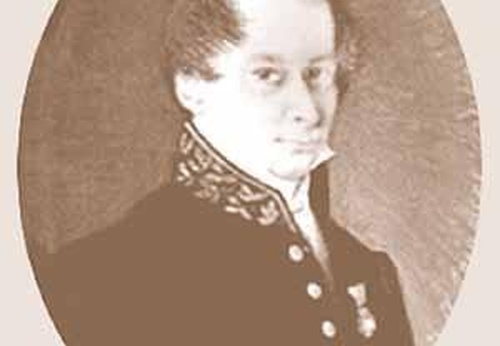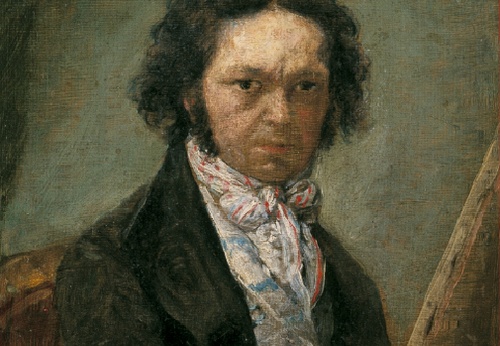
Rembrandt
Rembrandt (born July 15, 1606, Leiden, Netherlands—died October 4, 1669, Amsterdam) Dutch Baroque painter and printmaker, one of the greatest storytellers in the history of art, possessing an exceptional ability to render people in their various moods and dramatic guises. Rembrandt is also known as a painter of light and shade and as an artist who favoured an uncompromising realism that would lead some critics to claim that he preferred ugliness to beauty. Did The Night Watch cause Rembrandt's downfall? Did The Night Watch cause Rembrandt's downfall? Painted in 1642, Rembrandt's The Night Watch is a commissioned group portrait of a militia company. See all videos for this article Early in his career and for some time, Rembrandt painted mainly portraits. Although he continued to paint—and etch and, occasionally, draw—portraits throughout his career, he did so less frequently over time. Roughly one-tenth of his painted and etched oeuvre consists of studies of his own face as well as more-formal self-portraits, a fact that has led to much speculation. The core of Rembrandt’s oeuvre, however, consists of biblical and—to a much lesser extent—historical, mythological, and allegorical “history pieces,” all of which he painted, etched, or sketched in pen and ink or chalk. Seen over his whole career, the changes in Rembrandt’s style are remarkable. His approach to composition and his rendering of space and light—like his handling of contour, form, and colour, his brushwork, and (in his drawings and etchings) his treatment of line and tone—are subject to gradual (or sometimes abrupt) transformation, even within a single work. The painting known as Night Watch (1640/42) was clearly a turning point in his stylistic development. These changes are not the result of an involuntary evolution; rather they should be seen as documenting a conscious search in pictorial and narrative respects, sometimes in discussion, as it were, with his great predecessors.

